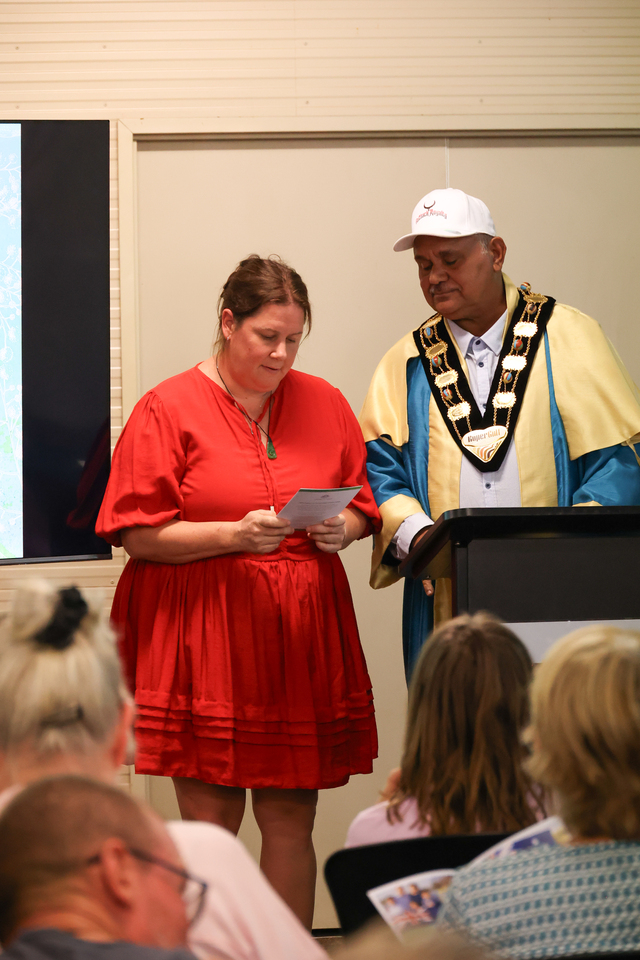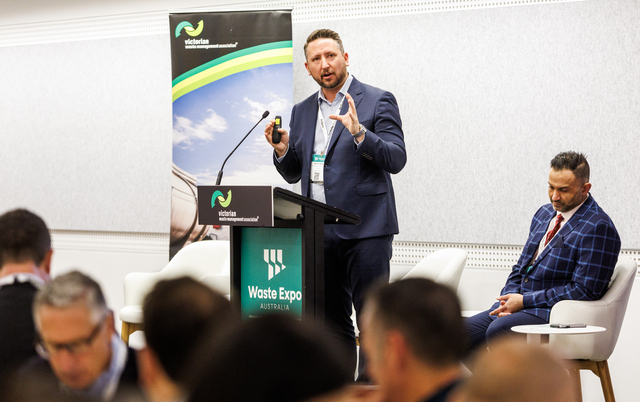Procurement is no longer a simple administrative function, and all organisations can benefit from improved control over their supply chain. This is especially true of local authorities which come under intense scrutiny amid expectations of efficiency, value for money, social responsibility and transparency.
To achieve these aims, organisations need a clear direction, comprehensive policies, robust systems, diligent people and appropriate tools. While most local administrations are committed to doing the right thing, many lack the resources and expertise required for best practice procurement.
That’s where technology has the answers.
Today’s eProcurement tools remove much of the organisation’s burden by automating, streamlining and controlling every phase of the purchasing cycle.
Technology such as ours helps organisations define their needs so that they go to market with clear and concise tenders. By automating the tendering process, we start by casting the net as wide as possible to attract offers from the broadest range of qualified vendors. eProcurement toolsets enable fast, efficient bid collection and collation, with total transparency.
Current bid evaluation solutions also take the subjectivity out of contract awards – and again ensure efficient and transparent processing of complex submissions.
Automation reduces much of the risk associated with procurement by replacing manual processes with smart, seamless, touch-free solutions which are traceable and repeatable.
Technology also strengthens purchasing programs by ensuring accuracy, consistency and adherence to a range of procurement guidelines and best practice principles.
eProcurement frees up valuable resources
eProcurement empowers under-resourced organisations, offering robust solutions which require very little human intervention or procurement expertise. And for larger, better-resourced entities, the technology not only saves time and reduces risk, it also frees up valuable resources by removing much of the low-value burden from the procurement professionals.
Purpose-built procurement toolsets allow procurement teams to shift from a focus on internal processes to a broader business-wide view. Instead of chasing tenders and manually scoring bids, key professionals can devote themselves to more strategic activities such as policy development, supplier engagement and contract monitoring.
As organisations look for innovative solutions to ensure their success, it is important to use all their resources effectively. Best practice procurement is an often-overlooked resource, mostly because much of its activity is devoted to compliance and maintenance. However, by implementing appropriate technology, these professionals can be freed up to add real value by looking beyond purchasing.
• Phil Stark is Director of illion TenderLink (illion.tenderlink.com), Australasia’s largest integrated web-based procurement solutions provider.
*Copy supplied by illionTenderLink







